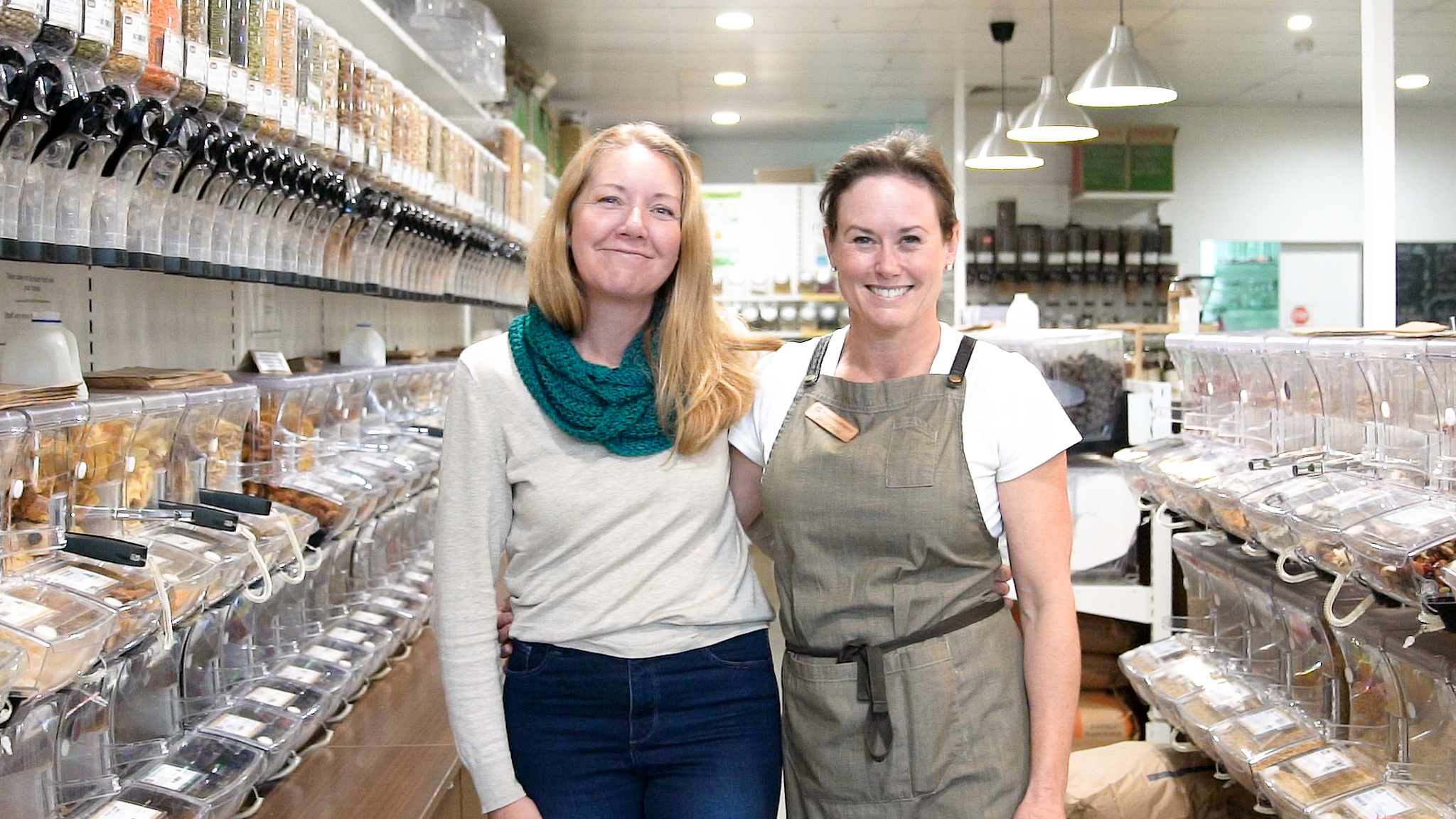
Get a taste for low waste - the Wasteless Pantry story
Join the GREAT Sorts in your neighbourhood who embrace low waste living by shopping at their local bulk food store.
Posted on: July 13, 2020
Make no bones about it, us Western Australians LOVE our four-legged friends, in fact, around 40% of households own at least one dog.
These canine friends rely on us for plenty of things – walks, food, grooming – but have you ever stopped to think that they also need their owners to make good decisions when it comes to the environment too?
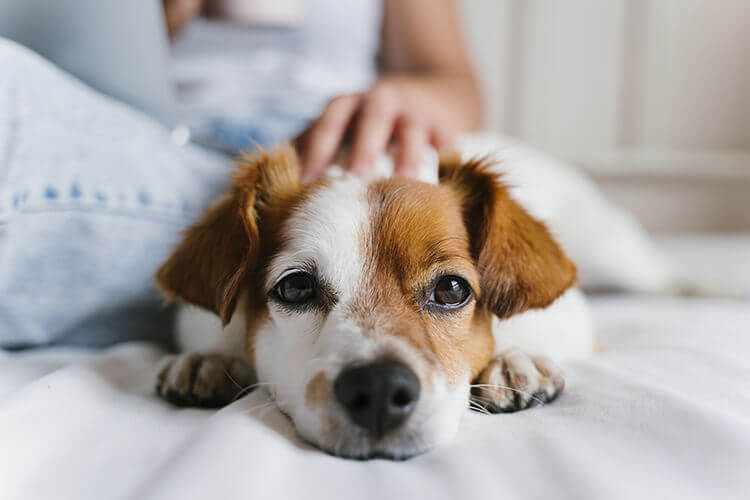
Embedding a few good practices in your daily approach to pet ownership can make a sizeable dent in the amount of waste your pet produces. The good news is we’ve got 5 easy and affordable ways you can become an impact-owning pup parent today!
Consider this, say you pick up between 2 and 4 poos every day, using small plastic bags, over the course of a year you’ll be sending 1,000+ bags to landfill. That’s a pretty sizeable amount!
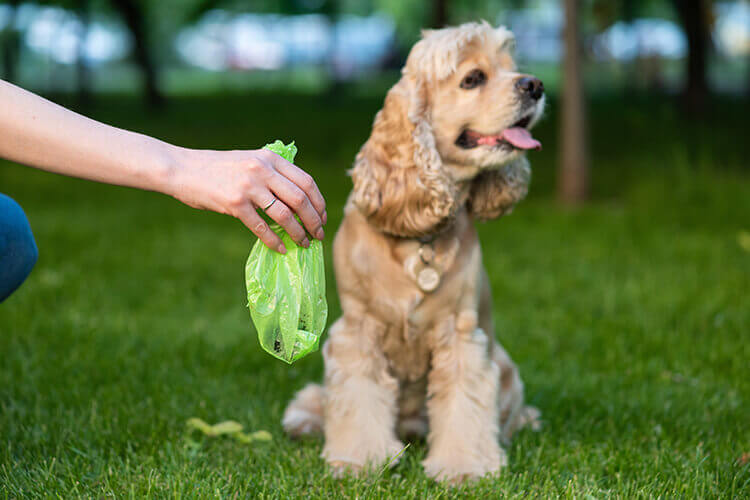
A medium-size dog produces around 180kg per year. Wrapped in plastic and sent to landfill this will produce environmentally-unfriendly methane gases.
Dog poo in a plastic bag, despite being an organic item, will take as long as the plastic to break down in landfill and, as it does, it will produce environmentally-unfriendly methane gases in the process. Biodegradable plastic bags aren’t much better. While they do break down faster, they don’t disappear altogether. They just degrade into smaller pieces of plastic.
Impact-owning alternatives range from simply buying compostable poo bags (look for the seedling logo) and set up a dedicated dog poo composting bin or place it in your FOGO bin if you’re part of a local government area already using the three-bin system. You could also set up your own dog poo worm farm. A worm farm is an effective and environmentally-friendly way to discard not only your pooch’s poop, but also all of their excess fur after a grooming session.
Owning a dog shouldn’t mean having to be constantly buying things – especially when you first get a puppy.
You might be surprised how easy it can be to source second-hand staples – such as a bed, food bowls, toys, leads, even a kennel.
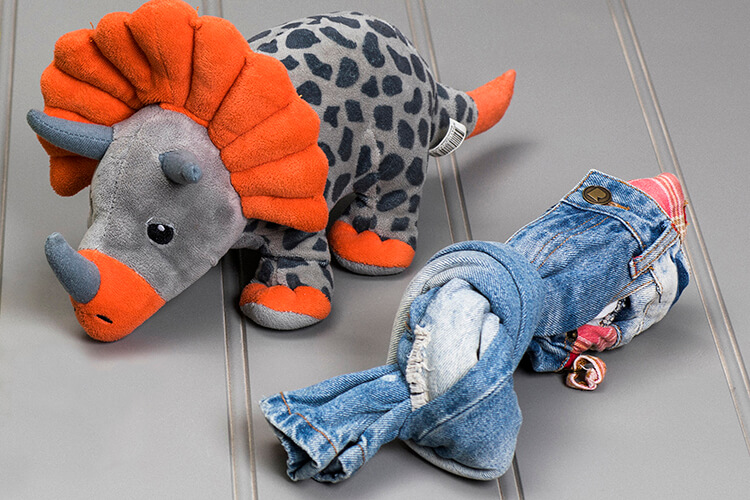
See what you can find second-hand before you start buying items for your dog. An old pair of jeans can make a great tug toy.
Why not try asking others in your community for what you need (either in person or via your local Buy Nothing group), as there is a good chance there will be doggy hand-me-downs out there gathering dust in some other dog-lovers home that you could put back into use.
It’s also worth looking at what you already have at home that could be repurposed – for example, an old quilt could be turned into bedding and jeans that are no longer good enough to wear could be transformed into a chew toy or used for a game of tug-o-war.
If you’re still left short, why not try Gumtree, your local swap meet and of course your local op shop. Op shops, in particular, can be a great place to source toys for your four-legged friend as many have a surplus of low-cost plush toys. Low impact, eco-friendly bargain-hunting...now that calls for a game of fetch!
Dog food packaging, just like regular food packaging, can really add up over time.
Buy in bulk where you can (instead of popping to the shop fortnightly for a 5kg bag). Remember that any soft plastics need to go in your general waste bin! Meanwhile canned food tins just need a quick rinse and can go into your kerbside recycling bin.
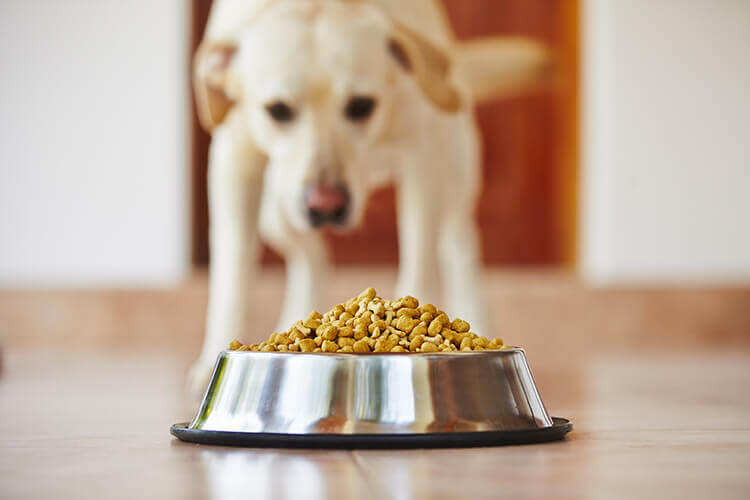
Producing 12 months’ worth of food for one medium-sized dog is said to produce around double the carbon footprint of building a SUV and driving it for 10,000 kilometres.
Choosing Australian-made food with a high proportion of local ingredients is another way you can help to lower your pup’s environmental paw print.
If you’re feeling particularly adventurous, making your own dog food is certainly a low-waste option, but it’s important to do your research and chat with a vet first to ensure you are ticking all the right boxes for your dog’s nutritional needs.
Instead of buying dog beds and blankets made of synthetic materials, it is worthwhile investing in bedtime bits made out of natural fabrics like wool, bamboo, cotton or hemp. Unlike cheaper materials such as polyester, nylon and fleece, these higher quality options don’t release micro-plastics into the water supply when they’re washed. They’re also generally more durable so you won’t be replacing them as often.
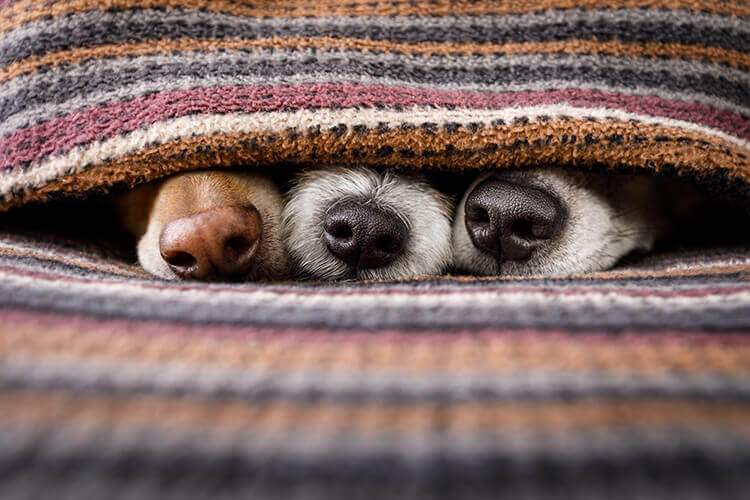
Choose items made from natural materials and avoid synthetic fabric and plastic items where you can to lower your pet’s impact.
There is also an array of eco-friendly toys and pet accessories on the market to choose from. From hemp rope toys and natural edible chews to stainless steel bowls, plastic does not have to be the go-to choice.
There’s plenty of easy bathroom swaps to be had, so why not apply some of those to your fur-baby too?
If bathing them at home, you could make the switch from plastic bottles of dog shampoo to package-free or paper-wrapped dog soap bars. Many specialist soap makers attending local markets now have extra gentle varieties suitable for use on pets, if not try online.
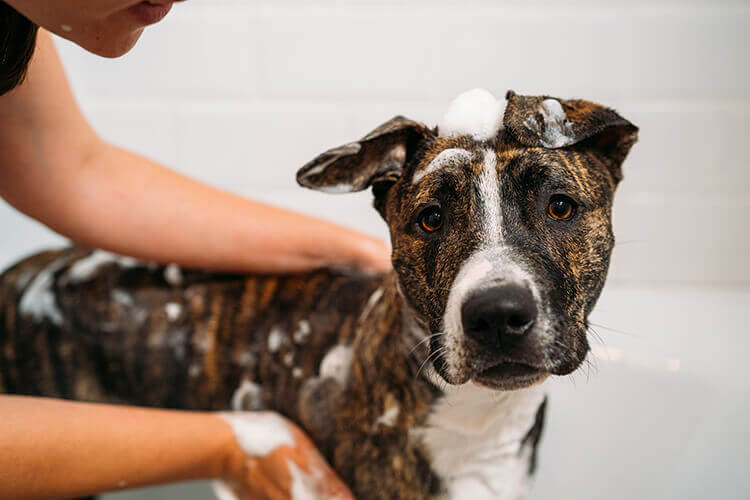
You can apply many of the same low-waste principles to your pet’s grooming habits as you can your own.
For those who still have a plastic bottle of dog shampoo to use up, remember to give the bottle a quick rinse and ensure it is clean and dry before throwing it in your kerbside recycling bin.
And once it has run out, rather than replace it, why not opt for one of the in-store DIY baths many big pet stores have which use bulk shampoo.
Forget the disposable wipes and paper towels for cleaning up the mess and many accidents that are likely to occur during house-training. Grab those old ‘spare’ towels that never get used from the back of your cupboard and use them instead, popping them in the washing machine when you’re done. Once that phase is over they can be re-purposed into a doggy beach towel or donated to your local veterinary practice or dog shelter.
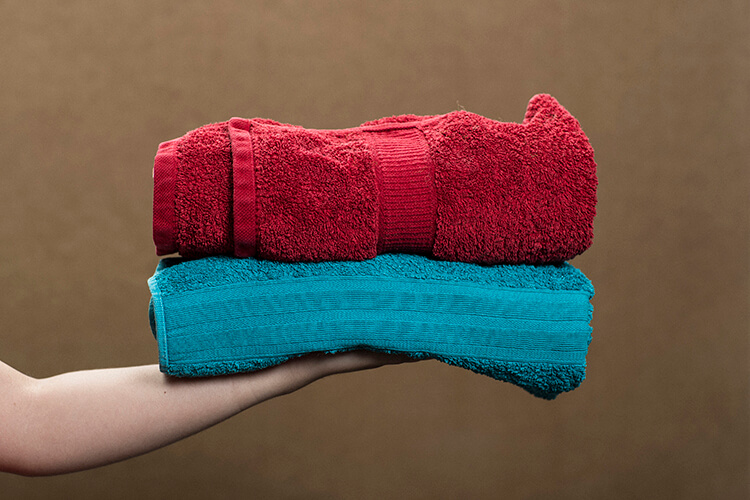
Say no to single-use items at every opportunity. Ditch wipes in favour of a reusable towel.
Always pay attention to the presence of wildlife and only allow your dog off lead where and when it is safe and permitted.
When walking your dog through a nature reserve - or playing a quick game of fetch on the beach - pay attention to signs and restricted areas. Sometimes, for instance, dog beaches will have areas that are fenced to protect endangered nesting birds. Dog owners are encouraged to keep their pets on the lead in those areas.
Let us know if you have other ideas about how pet-owners can reduce their household’s environmental paw print.

Join the GREAT Sorts in your neighbourhood who embrace low waste living by shopping at their local bulk food store.
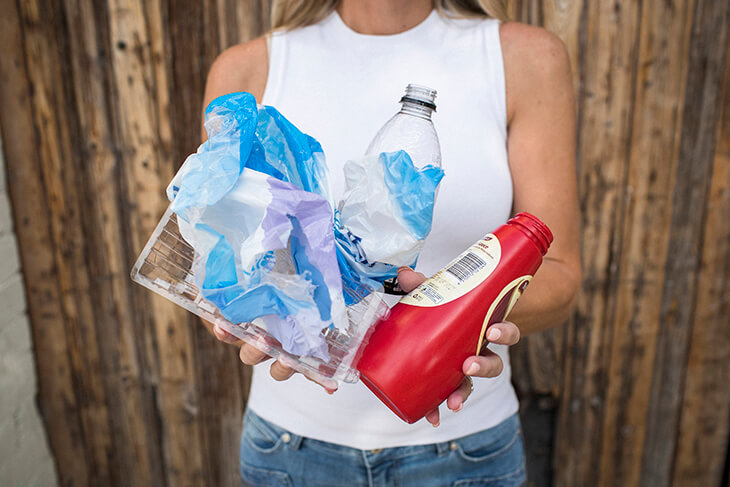
If you’re intrigued by Plastic Free July and keen to understand what it is and how you can get involved read on because we’ve put together a concise information guide for you.
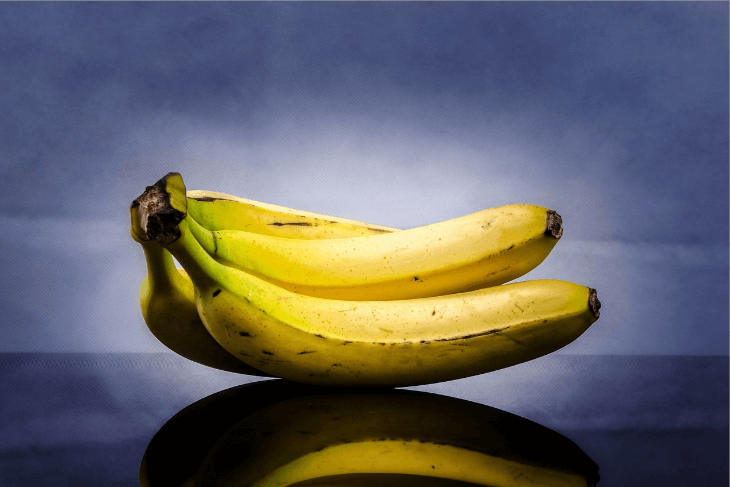
Before you consign overripe bananas to the compost, why not give them a second lease on life – and yourself a tasty treat?